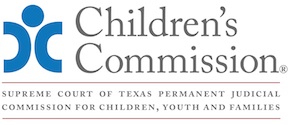F. Community-Based Care Resources
In 2021, the Office of Community Based Care Transition was established as an independent office that is administratively attached to DFPS. The office assesses community areas where CBC services may be implemented, develops a plan for implementing CBC in each community area in Texas, including the order in which CBC will be implemented in each community area, a timeline for implementation, and an evaluation of CBC providers. Tex. Fam. Code § 264.172. Additional information about the implementation of CBC, including a map of the community areas and updates on the Implementation Plan, is available on the DFPS Community-Based Care webpage.[290]
